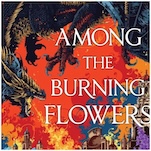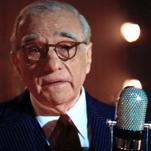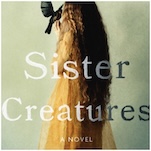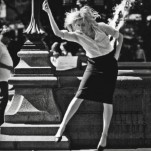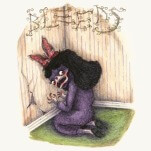Film School: The Beguiled
Subscriber Exclusive
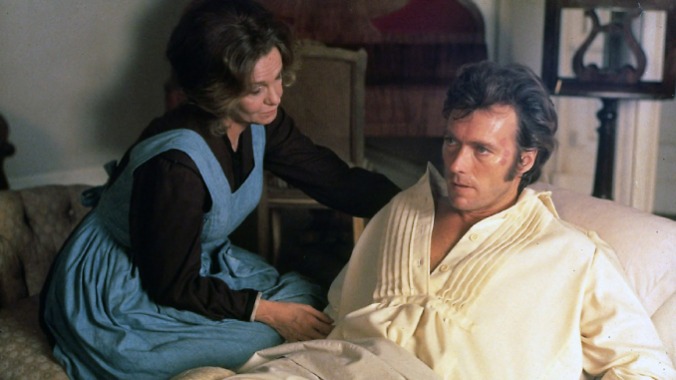
Welcome to Film School! This is a column focused on movie history and all the stars, filmmakers, events, laws and, yes, movies that helped write it. Film School is a place to learn—no homework required.
When we last met Clint Eastwood, 1964’s A Fistful of Dollars was about to thrust him to superstardom, and change the shape of the Western forever. In the years immediately following, no actor was more responsible for overseeing the genre’s changing of the guard. After the Dollars trilogy, he pivoted between modes for a little while, following grim revenge tale Hang ‘em High with one Western that was also a musical (Paint Your Wagon) and another that was more or less a rom-com (Two Mules for Sister Sara). By the time 1971’s The Beguiled rolled around however, he’d well and truly cut ties with the old way of doing things.
1863, rural Mississippi. Out picking mushrooms one day, 12-year-old Amy (Pamelyn Ferdin) discovers a severely injured Yankee soldier, McBurney (Clint Eastwood). She takes him back to the Confederate girls boarding school where she lives. Headteacher Martha (Geraldine Page) agrees to shelter him until he is well enough to hand over to the authorities.
Well aware that he’s in mortal danger, and also that there are no other men at the school, McBurney sets about wooing the various staff and students from his sick bed, hoping that when it comes down to it, they’ll be too enamored to turn him in. His plan works swimmingly at first, but when one of the girls catches him with another, the resultant storm leads to bloody catastrophe.
The Beguiled is the most atypical Western we’ll be talking about this month. For one thing, it’s not set in the West. There are no cowboys or Native Americans. Almost all the action occurs within the grounds of the Miss Martha Farnsworth Seminary for Young Ladies; outside there are cypress trees, not cacti.
As much as anything, besides the presence of Eastwood, it was the mid-19th century setting that has settled the Don Siegel feature somewhat uneasily into the canon. The genre was obsessed with the effect the Civil War had on the life of the nation, on an intimate and an epic scale, regularly either setting films in the war, or making time as a soldier an important part of the characters’ backstories (this is true of both 3:10 to Yuma and Stagecoach). That McBurney finds himself in Mississippi here is almost beside the point (and indeed in Sofia Coppola’s 2017 version, it’s Virginia); in nearly dividing the country, the Civil War united it in turmoil, and the Western was intimately concerned with how that affected those who had fought, and whose lives were never going to be the same again.
Siegel was rampantly, unrepentantly misogynistic. He’d say that The Beguiled was about, “the basic desire of women to castrate men.” He’d say “The Beguiled is…not a picture for women, but about them.” Nevertheless, at least watching today, his film does seem to have a measure of empathy for its female characters (it’s worth noting that one of the screenwriters was a woman, Irene Kamp, though like her co-scribe Albert Maltz, she used a pseudonym). Eastwood’s McBurney is cruel in his manipulation, surgically pinpointing the weakness of his targets and exploiting them for his own satisfaction. When he erupts during the third act, his true, ugly, violent nature seems to justify the rather extreme measures the staff and students take to keep themselves safe.
-

-

-

-

-

-

-

-

-

-

-

-

-

-

-

-

-

-

-

-

-

-

-

-

-

-

-

-

-

-

-

-

-

-

-

-

-

-

-

-








